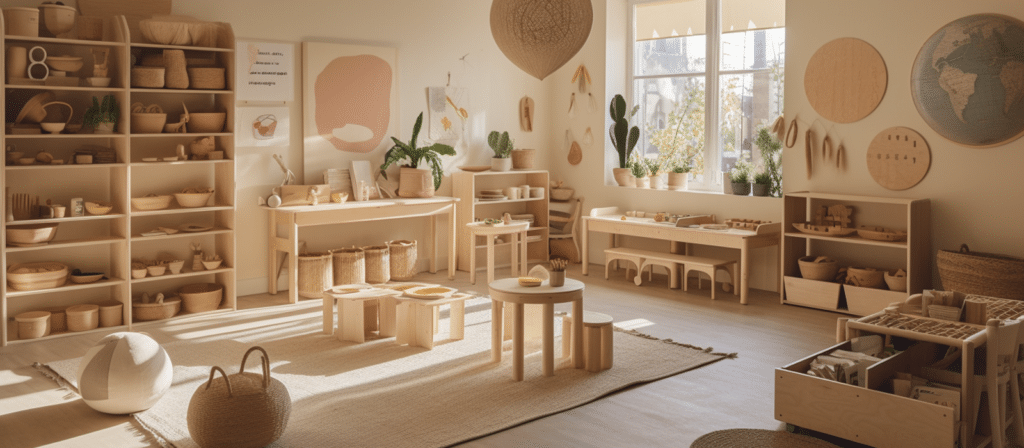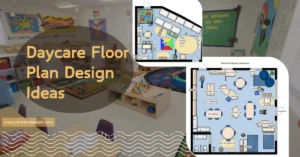Have you ever wondered how the arrangement of seats in a Montessori classroom impacts a child’s learning experience? In this exploration of the Montessori approach to classroom seating arrangements, we’ll uncover the thoughtfulness and purpose behind this aspect of Montessori education.
The Montessori Approach to Classroom Seating Arrangements prioritizes fostering independence, collaboration, and a sense of responsibility in students. Rather than traditional rows of desks, Montessori classrooms are carefully designed to promote engagement and active learning.
What is the Montessori Approach?
The Montessori approach to education was developed by Maria Montessori, an Italian physician and educator, in the early 20th century. This approach is centered around the belief that children are naturally curious and capable of independent learning. The Montessori method emphasizes hands-on learning, individualized instruction, and a prepared environment that promotes exploration and self-discovery.
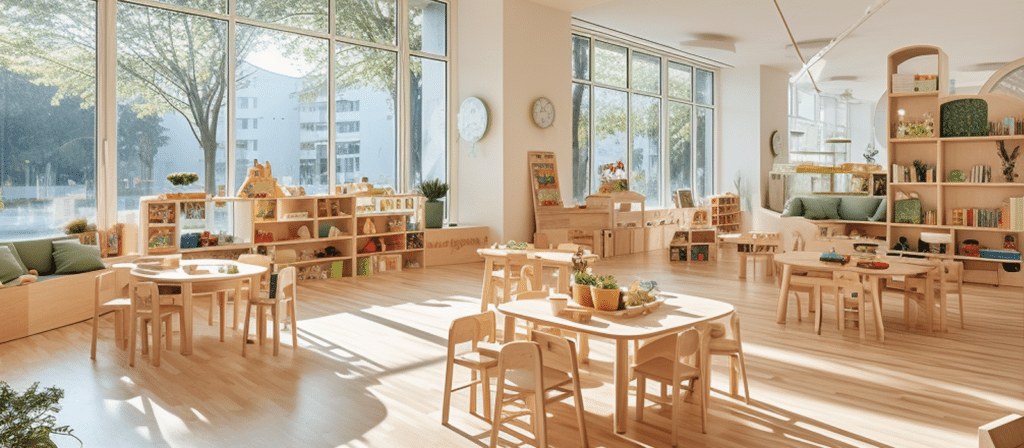
So, how does the Montessori approach achieve this?
The answer lies in the flexible seating options it offers. Instead of rigid desks and chairs, Montessori classrooms often feature a variety of seating choices, such as floor cushions, bean bags, standing desks, and even exercise balls. This allows students to select a seating option that best suits their learning style and needs. By giving students the freedom to choose their seating, they feel empowered and more engaged in the learning process.
But does the Montessori approach to seating arrangements really make a difference? According to various studies and research, the answer is a resounding yes. A study conducted by the University of Salford found that classroom design, including seating arrangements, can have a significant impact on student performance. The study revealed that classrooms with flexible seating options, like those seen in Montessori classrooms, led to improved student engagement and achievement.
Moreover, the Montessori approach to seating arrangements aligns with the principles of personalized learning. By allowing students to choose their seating, educators are acknowledging and respecting their individuality. This fosters a sense of ownership and responsibility for their learning environment, which in turn can lead to increased motivation and focus.
How Does the Montessori Approach Influence Classroom Seating Arrangements?
In a traditional classroom setting, students are often arranged in rows facing the front of the room, with the teacher as the center of attention. However, the Montessori approach takes a different approach to seating arrangements. Instead of rows, Montessori classrooms typically feature a more flexible seating arrangement that allows for movement and collaboration.
Research has shown that flexible seating arrangements can have several benefits for student learning. For example, it can promote student engagement, as students have more freedom to choose a seating option that suits their learning style and preferences. It can also encourage collaboration and communication among students, as they can easily move their seats to work with different peers.
In a Montessori classroom, you may find a variety of seating options, such as floor cushions, bean bags, and low tables. This allows students to choose a seating option that is comfortable and conducive to their learning needs. The freedom to move and choose their seating also fosters a sense of ownership and responsibility among the students, as they actively participate in creating their learning environment.
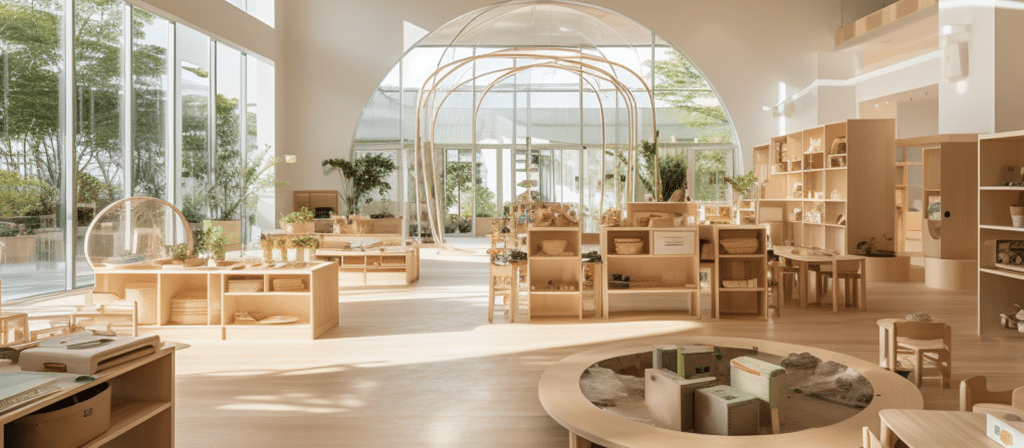
Can the Montessori approach work for all students?
One might wonder if the Montessori approach to seating arrangements is suitable for all students. After all, not every student may thrive in a non-traditional seating setup. However, the beauty of the Montessori approach lies in its flexibility. It is not a one-size-fits-all solution, and educators can adapt it to meet the needs of their students.
For example, some students may prefer the stability and structure of traditional desks and chairs. In such cases, educators can provide a mix of traditional and flexible seating options to cater to different preferences. This way, students have the freedom to choose while still having access to a more traditional setup if they feel more comfortable with it.
What are the benefits of the Montessori approach to seating arrangements?
The benefits of the Montessori approach to seating arrangements extend beyond just student engagement and achievement. Here are a few key advantages:
- Promotes collaboration: Flexible seating options encourage students to work together, fostering collaboration and teamwork skills.
- Enhances focus and concentration: When students are allowed to choose their seating, they are more likely to find a comfortable spot that helps them focus and concentrate on their work.
- Improves physical health: Traditional desks and chairs can be uncomfortable and lead to poor posture. Flexible seating options, such as standing desks and exercise balls, promote better posture and overall physical health.
- Fosters independence and responsibility: By giving students the freedom to choose their seating, educators are promoting independence and responsibility for their learning environment.
- Supports different learning styles: Every student learns differently, and the Montessori approach recognizes this. By providing a variety of seating options, educators can cater to different learning styles and preferences.
The Montessori approach to seating arrangements is not just about furniture; it is about creating an environment that supports the holistic development of students. It recognizes that students are unique individuals with different needs and preferences. By offering flexible seating options, educators can empower students to take ownership of their learning journey and create a classroom that is conducive to growth and success.
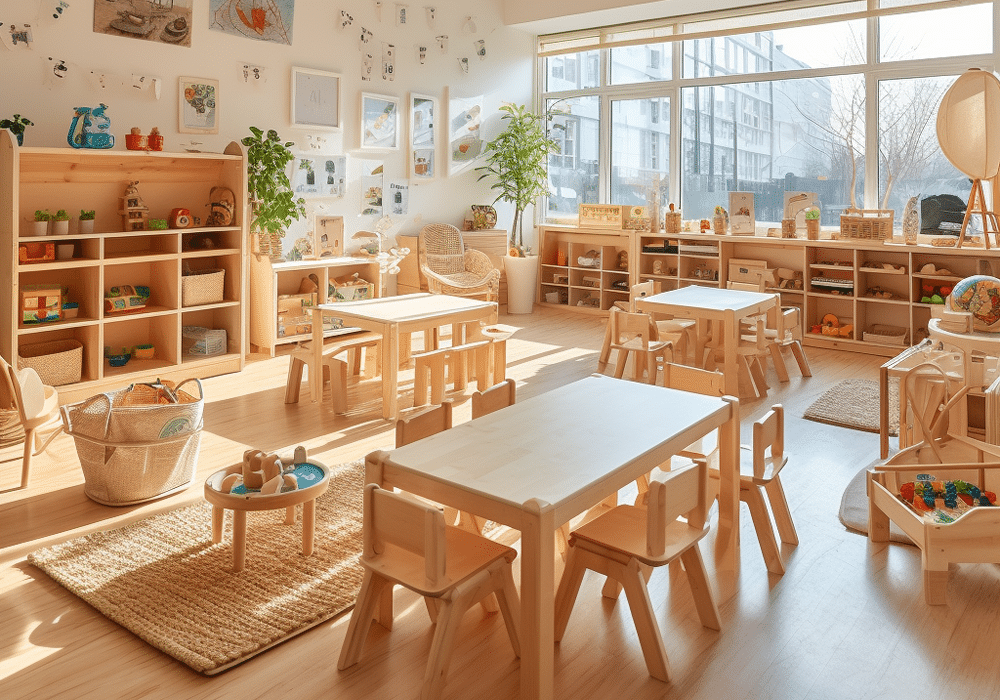
Conclusion
In conclusion, the Montessori approach to classroom seating arrangements offers a refreshing perspective on creating learning environments that cater to the unique needs and preferences of students. By providing flexible seating options, educators can empower students, promote collaboration, enhance focus, and support different learning styles.

